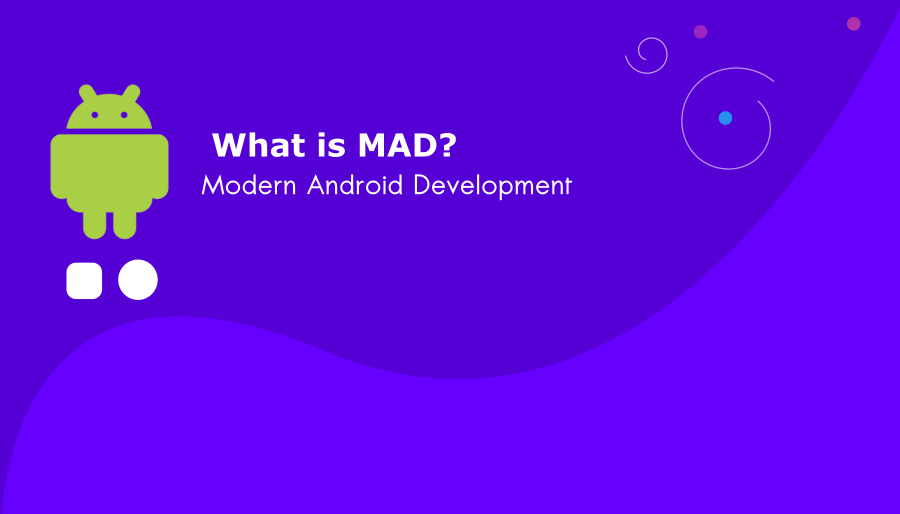Modern Android Development (MAD): Let’s Build Epic Apps
Modern Android Development (MAD) is not just a buzzword; it’s a paradigm shift that has transformed the way developers create Android applications. In this guide, we will dive into the world of MAD, exploring its key principles, benefits, and how it is shaping the future of Android app development.
What is Modern Android Development?
Modern Android Development, or MAD for short, is a way of making Android apps that’s like using the best tools and methods. It includes modern technologies and methods that make it easier to create apps, improve how they work, and make them look nice. When developers use MAD, they can make apps that not only look good but also work really well and are easy to take care of in the long run.

Key Principles of Modern Android Development (MAD)
1. Kotlin First Approach
A fundamental principle of MAD is the adoption of Kotlin as the preferred programming language for Android development. Kotlin’s concise syntax, null safety, and interoperability with Java make it an ideal choice for modern app development. By embracing Kotlin, developers can write cleaner, more expressive code that is less error-prone.
2. Jetpack Components
Jetpack is a collection of libraries and tools provided by Google to simplify Android app development. It includes components like Navigation, LiveData, and ViewModel, which enable developers to build robust, modular, and architecture-aware apps. These components help in creating apps that are not only stable but also easy to maintain.
3. Android Studio
Android Studio, the official Integrated Development Environment (IDE) for Android, plays a pivotal role in MAD. It provides a rich set of features such as code analysis, debugging tools, and support for Jetpack libraries. Android Studio’s continuous updates ensure that developers have access to the latest tools and features.
4. App Bundles
MAD encourages the use of Android App Bundles as the distribution format for apps on the Google Play Store. App Bundles allow for more efficient app delivery, as they deliver only the necessary resources to each device. This reduces app size, installation time, and maintenance efforts.
Benefits of Modern Android Development
Improved Developer Productivity
MAD simplifies many aspects of Android development, enabling developers to focus on building features rather than dealing with boilerplate code. This leads to increased productivity and shorter development cycles.
Enhanced App Performance
By utilizing Jetpack components and Kotlin, MAD apps are more performant and responsive. LiveData and ViewModel, for instance, facilitate data binding and lifecycle management, ensuring that apps run smoothly.
Increased Code Quality
MAD promotes best practices like separation of concerns and test-driven development. This results in cleaner, more maintainable code that is less prone to bugs and easier to collaborate on with other developers.
Rich User Experiences
With the adoption of modern design principles and responsive layouts, MAD apps provide users with a visually appealing and consistent experience across different Android devices.
In conclusion, Modern Android Development (MAD) is not just a development methodology; it’s a paradigm shift that has revolutionized the way Android apps are created. By embracing Kotlin, Jetpack components, and modern design principles, developers can build apps that are not only visually appealing but also high-performing and maintainable.



